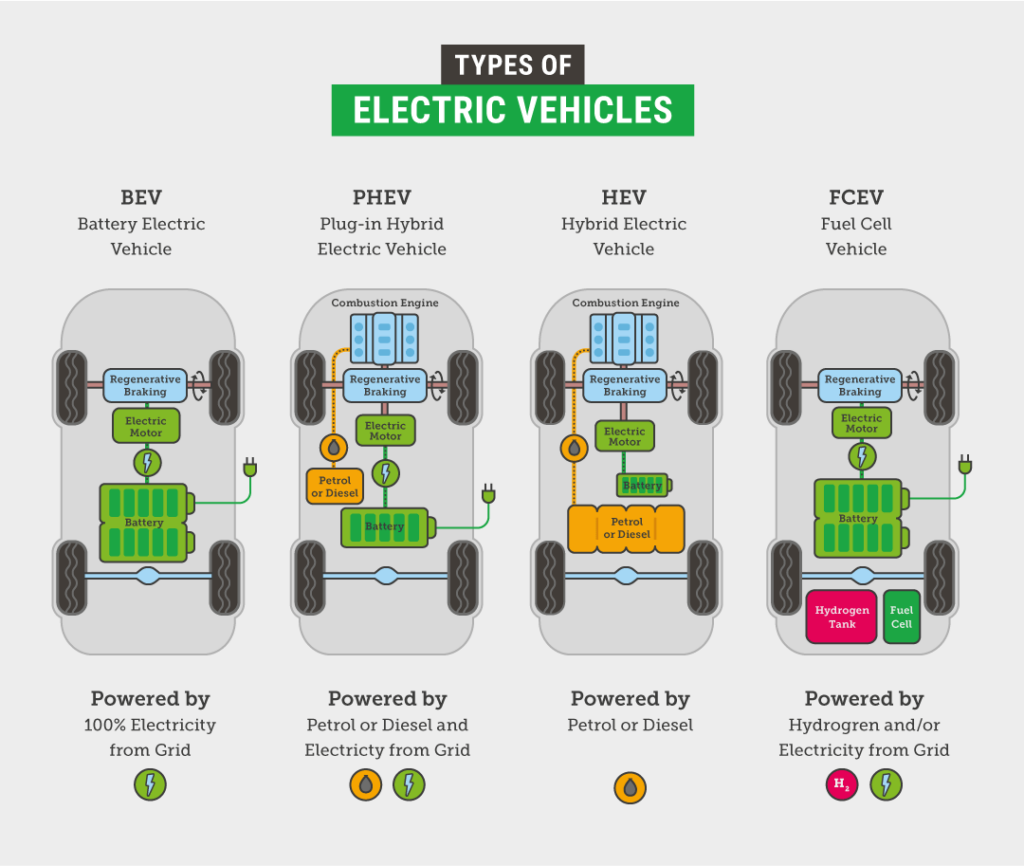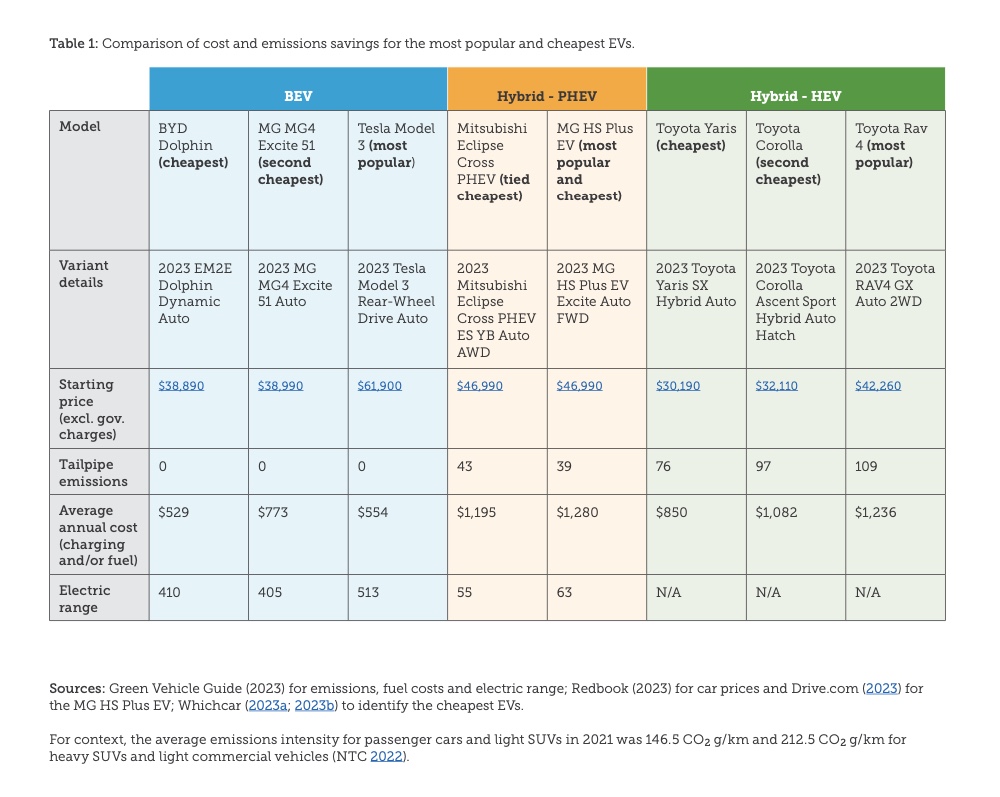Australians want to buy the best car that suits their budget – one that is affordable to run, safe and clean. Introducing strong fuel efficiency standards will mean Australians gain access to a much wider range of lower and zero emissions vehicle options. These cars are already for sale at affordable prices in many places around the world, but we don’t currently have them here.
To save Australians money at the petrol pump while driving down the harmful carbon pollution our cars produce, we need to prioritise the cleanest, most affordable vehicles available. Battery electric vehicles are not only price competitive with hybrid electric vehicles now, but are also cheaper to run and cleaner.
What are fuel efficiency standards
Fuel efficiency standards aim to limit the greenhouse gas emissions Australia’s cars release by setting a yearly limit on the average carbon emissions across a manufacturer’s new car sales. Over time, the maximum amount of carbon dioxide (CO2) that can be emitted is reduced, which means car makers must offer more new low and zero emissions vehicles to avoid penalties.
Not all electric vehicles are created equal
Battery electric vehicles (BEV) are powered completely by their battery, making them the only fully electric vehicles. There are other types of EVs, with Plug-In Hybrid Vehicles (PHEV) and Hybrid Electric Vehicles (HEV) also being common choices. These cars still rely in part on expensive, polluting petrol and diesel. This means these vehicles still release harmful greenhouse gases fuelling climate change, and dangerous air pollutants which are damaging our health.

BEV’s are the cheapest and cleanest to run, and priced competitively
Most of the EVs on the road and being bought in Australia right now are full battery electric vehicles. There are 91 models of EVs currently available in Australia; the majority (65 percent) of these are BEVs. BEVs are also soaring in popularity, with the BYD Atto 3, MG ZS EV, Polestar 2, Tesla Model 3 and Tesla Model Y, being the top five highest-selling EVs in Australia. These models accounted for 72 percent of EV sales in 2022 alone.
This is because:
- Annual average fuel and/or charging costs can be up to 2.4 times more for hybrids than for BEVs.
- BEVs are price competitive with hybrids from the get go. The cheapest BEV, the BYD Dolphin, is almost $3,400 cheaper than the most popular HEV, the Toyota Rav 4; and more than $8,000 cheaper than the most popular PHEV, the MG HS EV.
- While there are cheaper, smaller HEVs available, when considering the power costs over a vehicle’s lifetime, the price difference with the BEVs closes.
- BEVs do not emit any CO2 while in use. By contrast, popular PHEVs emit around 40 CO2 g/ km and popular HEVs produce more than double this amount.
- BEVs undoubtedly get drivers further for each charge. Comparing popular PHEVs and BEVs, some BEVs can have an electric driving range over nine times greater than PHEVs.

The Bottom line:
Over 85 percent of the global car market has fuel efficiency standards and Australia is lagging far behind. It is critical that we implement a strong fuel efficiency standard as soon as possible, which drives down our rising transport emissions. BEVs are cost competitive with hybrids, the cheapest to run and the cleanest of all electric vehicles; and Australia’s standards should be set up to recognise this difference.
At the end of the day, a strong fuel efficiency standard can bring more choice of both lower and zero emissions vehicles to Australia, helping local drivers to save on fuel bills no matter which car they choose to buy.










